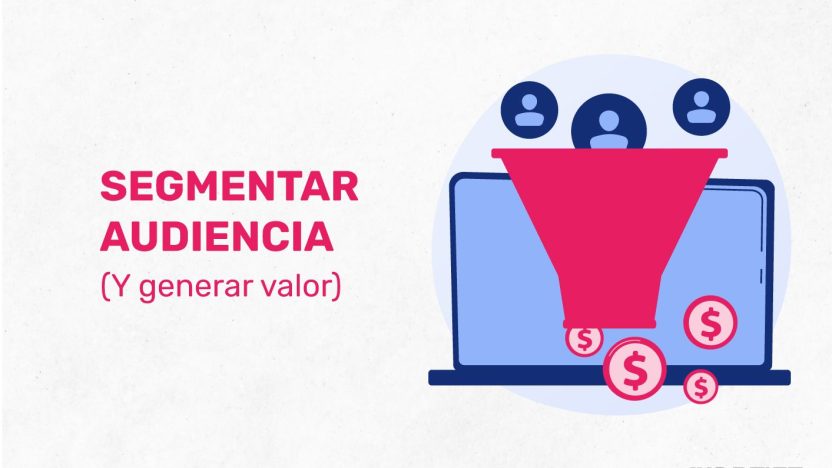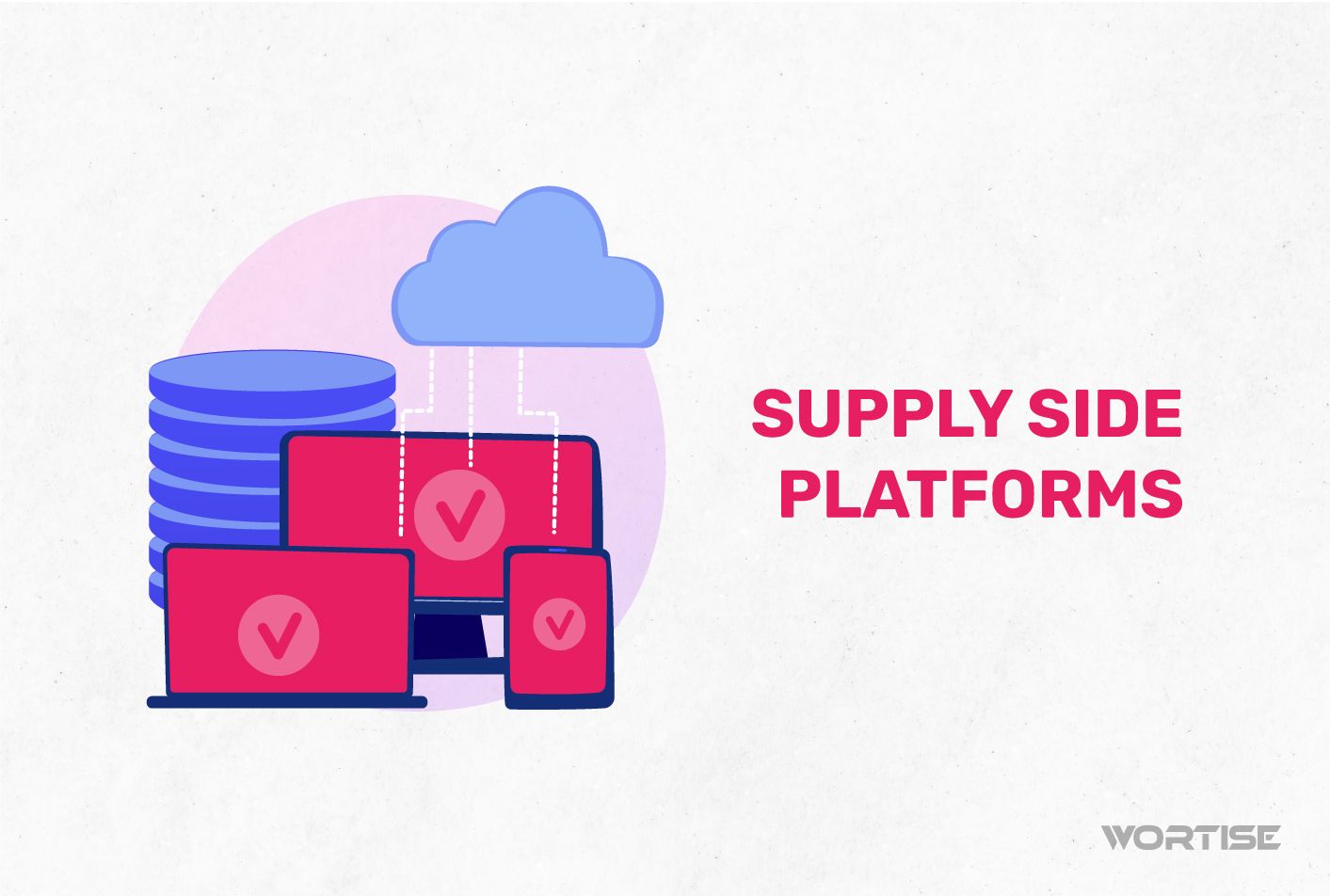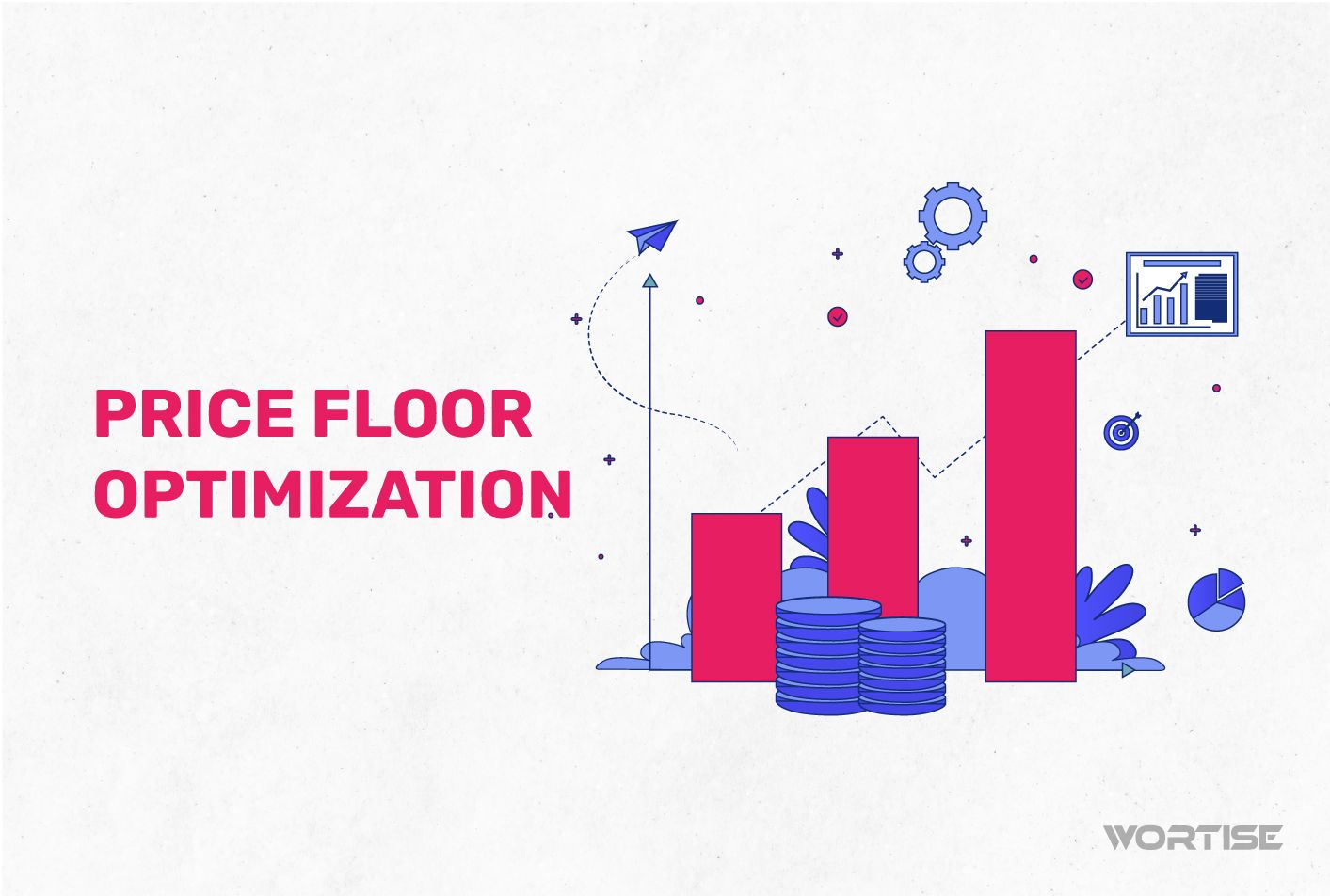Todos volvemos a aquellas aplicaciones que nos ofrecen lo que realmente esperamos. Lo sabes, amigo publisher: es la mejor forma de fidelizar y hacer crecer tu comunidad. Y también entendemos que ajustar las funciones, la interfaz y la experiencia del usuario (UX) para tu audiencia no es producto del azar: es cuestión de análisis. Para eso, puedes usar estos 4 parámetros del app user segmentation o segmentación de usuarios en tu app.
Con estos criterios, tendrás una radiografía exacta de tus usuarios: quiénes son, dónde están, cuáles son sus intereses y qué buscan en tu aplicación. Cuando los conoces, es mucho más sencillo diseñar planes y estrategias para brindarles la mejor experiencia y, al mismo tiempo, mostrarles anuncios que realmente les atraigan. Monetizar será mucho más sencillo.
App user segmentation: una estrategia imperdible en las aplicaciones móviles y la publicidad programática
La segmentación de usuarios in-app es uno de los pilares del ecosistema digital. Ninguna iniciativa en ese entorno puede funcionar si no tiene claro a quién se dirige y de qué forma puede conectar con él. ¿Cómo lo logra? Gracias a su premisa fundamental: identificar y clasificar a una audiencia según su edad, comportamiento, geolocalización, hábitos de compra, medios de pago más usados, entre otros datos de interés.
Gracias a esa información, es mucho más fácil optimizar tu aplicación y obtener mejores ganancias a través de la monetización. Es más sencillo saber qué funciona y qué no, cómo puedes ganar más usuarios, cómo fidelizar a quienes ya son parte de tu comunidad y cuál es el tipo de advertiser con el que puedes conectar.
La segmentación de usuarios in-app, además, responde a una de las principales tendencias del marketing digital: personalizar experiencias. De acuerdo con un estudio de Twilio Segment, 69% de las empresas encuestadas para dicha investigación incrementó su inversión en estrategias de personalización.
Pero, ¿qué los mantiene tan interesados en esa práctica? El mismo informe da respuestas: al menos el 56% de los consumidores consultados está dispuesto a repetir una compra luego de vivir una experiencia personalizada con una marca. Lo sabemos: queremos volver a donde nos tratan como si nos conocieran desde siempre.
Una práctica que se renueva
La segmentación de audiencias no es algo nuevo en el mundo del marketing. Es una práctica habitual para el diseño de cualquier estrategia en ese campo. Grandes marcas construyeron su reputación con anuncios en medios tradicionales, elegidos de acuerdo con el target al que se dirigían. Sin embargo, las limitaciones propias de esas plataformas no permiten el grado de personalización que alcanzamos en el mundo digital.
Al obtener datos como el tipo de dispositivos que emplean los usuarios de tu aplicación, la región en la que se encuentran, cuáles son los servicios por los que están dispuestos a pagar, entre otras características, puedes personalizar funciones y ofrecer promociones especiales.
Eso se hace extensivo a la publicidad programática. Cuando sirves el anuncio correcto a la persona indicada, puedes aumentar la Tasa de Clics (CTR), el Coste Efectivo por cada Mil Impresiones (eCPM) y la Tasa de Conversión. Tus ingresos, por ende, serán mayores.
¿Por qué debo aplicar la segmentación de usuarios in-app?
Es la mejor forma de estar en sintonía con las principales tendencias del mundo de las aplicaciones móviles y la publicidad programática. Pero, especialmente, te ayudará a estar en el foco de quienes te interesan.
¿Sabes cuántas aplicaciones hay en el mundo? Más de cinco millones. ¿Cómo triunfar ante tanta competencia? Sin duda, con estrategias que te permitan llegar a quienes pueden aprovechar las ventajas de tu desarrollo. La mejor forma es brindarles una experiencia que los haga sentirse cómodos y únicos.
La personalización de experiencias –garantizada con una adecuada segmentación– prácticamente se está convirtiendo en el nuevo lenguaje entre marcas y audiencias. Según un informe de McKinsey & Company, 76% de los consumidores se siente frustrado cuando no disfruta una experiencia diseñada a su medida. Si quieres acelerar tu marcha por el camino de las ganancias, ya sabes qué debes hacer.
Objetivos claros para una adecuada conexión
Con la segmentación de usuarios in-app puedes optimizar la comunicación con grupos específicos de tu comunidad, mejorar los procesos de ventas y atención al cliente, diseñar estrategias de marketing más eficaces para promover tu aplicación, ofrecer servicios especiales y conectar con los anunciantes afines a cada segmento que definas.
A estos objetivos debemos sumar otro: medir los resultados de tus planes. Al conocer, agrupar y caracterizar a tu comunidad, podrás establecer parámetros claros para evaluar el desempeño de campañas. Estarás en condiciones de hacer cambios, fortalecer estrategias e incorporar nuevas acciones para el impulso de tu desarrollo.
Publishers y advertisers ganan al mismo tiempo con el app user segmentation
La segmentación de usuarios en tu app favorece el crecimiento de tu desarrollo. Al garantizar funciones ajustadas a las necesidades de cada uno, aumentan las posibilidades de ampliar tu comunidad. Además, será mucho más sencillo optimizar tu aplicación según los dispositivos más usados para acceder a esta, así como las funciones más empleadas.
En términos de monetización, las ventajas son aún mayores. Al tener segmentada tu audiencia, es más sencillo conectar con advertisers afines a los grupos específicos de tus usuarios. Considerarán más ventajoso publicar en tu aplicación, pues generalmente la inversión está más controlada que en una campaña universal. Ambos lograrán sus objetivos con el menor margen de error posible.
Si tu aplicación está dirigida a las compras en línea, puedes aprovechar el perfil del usuario para ofrecerle anuncios según sus hábitos de consumo e intereses. De acuerdo con sus compras, puedes servirle creatividades sobre productos similares. Es mucho más probable que interactúe con estos anuncios, pues son afines a sus intereses.
Plataformas como Amazon emplean esta estrategia, útil para aumentar el CTR, el eCPM y el tiempo de permanencia del usuario en la aplicación. También, ganarán los advertisers, pues sus anuncios tendrán mayor visibilidad.
Estos son los 4 parámetros para segmentar a tu audiencia y generar valor a largo plazo
Ahora que conoces sus ventajas, te estarás preguntando cómo funciona la segmentación de usuarios in-app. De acuerdo con la experiencia de anunciantes y el conocimiento de expertos en marketing de aplicaciones, existen parámetros que garantizan el éxito de esta práctica.
Hábitos, ubicación geográfica, edad y tiempo de duración en tu aplicación son datos claves para agrupar y caracterizar a tus usuarios. A partir de esta información, podrás diseñar planes de acción más eficaces para tus ganancias, incrementar tu relevancia en el mundo de las aplicaciones y aumentar tu prestigio.
#1 Define los objetivos de tu aplicación
Segmentar sin tener claro qué deseas lograr no tiene sentido. Es como clasificar productos en una tienda sin saber para qué sirven. El resultado solo puede ser el caos y el desperdicio de tus esfuerzos. En el mundo de la publ
icidad programática no podemos permitirnos eso.
Evalúa qué quieres lograr con tu app: ¿quieres fidelizar a los miembros de tu comunidad? ¿Aumentar tu reputación? ¿Recuperar usuarios? ¿Llegar a un grupo específico? Al tener claro el panorama, sabrás a quién quieres llegar.
#2 Recopila los datos disponibles de tu comunidad de usuarios
Las aplicaciones móviles son un universo de información útil e interesante. Con programas y herramientas adecuadas, descubrirás quiénes ingresan con frecuencia, cuáles son las funciones más empleadas, los horarios con mayor tráfico, entre otros datos reportados al interactuar con tu desarrollo.
Esa información puedes obtenerla desde tu propia aplicación: se conoce como datos de primera fuente o first-party data. Al ser recabados a partir de la interacción directa con tu audiencia, son más confiables, seguros y útiles para cualquier proceso de segmentación.
También, hay otras formas de conocer a tus usuarios, mediante los datos compartidos entre marcas o second-party data. Cuando un restaurante comparte con los desarrolladores de una aplicación de delivery información sobre su clientela, por ejemplo, está suministrando información de segunda fuente.
Existe otra vía para conocer a tu comunidad: los datos de tercera fuente o third-party data. La suministran proveedores de datos que trabajan con distintas fuentes de información. Son útiles si quieres tener una mirada más amplia de potenciales clientes o del comportamiento general del sector en el que operas.
Independientemente del tipo de fuente que emplees, puedes tener un primer perfil de tu comunidad a partir de la data obtenida. Aquí apenas comienza el trabajo.
#3 Analiza y establece el criterio de segmentación más conveniente para ti
Los datos solos no servirán de nada si no estableces cómo organizarlos. En este punto, evalúa cuáles son los criterios de segmentación de usuarios in-app más convenientes para tus propósitos. Existen múltiples posibilidades, pero su elección depende de tus propósitos y el estatus de tu aplicación.
No es lo mismo segmentar para diseñar una campaña de lanzamiento que hacerlo para un plan de recuperación de usuarios. Explora las posibilidades y toma el camino más conveniente para conectar con tus metas.
- Segmentación demográfica
Cuando organizas a tus usuarios por edad, profesión, género, ubicación geográfica y promedio de ingresos, estás aplicando la segmentación de usuarios in-app por condiciones demográficas. Con estos datos, puedes tener una primera aproximación a sus intereses y posibilidades.
Con esta información, puedes saber si es viable aplicar el modelo freemium en tu comunidad, orientar la colocación de anuncios según las edades y desarrollar promociones especiales para grupos específicos, por ejemplo.
Este tipo de segmentación beneficia a aquellas marcas que ofrecen servicios en espacios físicos. Los bancos, por ejemplo, pueden indicarles a sus clientes vía aplicación móviles cuáles son las sucursales más cercanas a su lugar de residencia.
- Segmentación conductual
¿Cómo y cuándo usan tu aplicación? ¿Cuáles son las funciones más empleadas? ¿Están dispuestos a pagar por servicios exclusivos? ¿Cuánto tiempo pasan en tu aplicación? Cuando respondes estas y otras preguntas similares, estás aplicando la segmentación conductual.
Con este criterio, puedes facilitar el uso de tu aplicación, eliminar funciones que no brindan los resultados esperados e incorporar nuevas opciones. Es ideal si tu objetivo es optimizar el desempeño de tu desarrollo y elevar la tasa de retención de usuarios.
En términos de publicidad programática, ofrece una ventaja adicional: ayuda a configurar mejor tu inventario de anuncios. Al conocer el rendimiento de las creatividades entre tus app users, sabes cuáles son los ad formats más convenientes para ti.
- Segmentación psicográfica
Tus usuarios, al fin y al cabo, son humanos: tienen intereses, creencias, deseos y metas. Elementos que determinan su relación con las plataformas digitales en general. Cuando analizas esa información y evalúas cómo emplearla para promover tu aplicación, estás realizando una segmentación psicográfica.
Esto es muy útil si tu aplicación se vincula con productividad, entretenimiento, cuidado personal, manejo de estrés, planificación y otras prácticas vinculadas con estilos de vida. Podrás mejorar el desempeño general de tu desarrollo y, al mismo tiempo, atraer a advertisers que promuevan servicios afines a ese grupo.
- Segmentación analítica o contextual
Los hábitos de uso de redes sociales, la consulta en sitios web y los dispositivos usados para conectarse a internet son datos que también ayudan a segmentar tu audiencia. Podrás optimizar tu aplicación según estos patrones de comportamiento y promoverla en las plataformas que más frecuentan tus usuarios fidelizados y potenciales.
En términos de publicidad programática, también te aportarán información clave para diseñar tu inventario de anuncios y optimizar tus estrategias de monetización.
- Otros tipos de segmentación
En el marketing de audiencias se conocen otras formas de segmentación de usuarios in-app: por intención, audiencias similares, intención de compra, listas de clientes, entre otras. Estos criterios son empleados por plataformas de anuncios como Google Ads.
#4 Del dato a la acción: diseña planes y campañas personalizadas
Tienes claros tus objetivos, la información esencial de tu audiencia y la segmentación afín a tus propósitos. Es el momento de diseñar las campañas para llegar a los grupos de tu interés.
En el caso de la publicidad programática, diseña planes para mejorar tu desempeño como publisher. Optimiza el desempeño general de tu app, incorpora los formatos más convenientes para ese grupo de usuarios y conecta con los advertisers que sean más relevantes para este contexto. ¡El éxito estará asegurado!
Al mismo tiempo, mide los resultados. A partir de los mismos criterios de segmentación, puedes escoger las métricas y los Indicadores Claves de Rendimiento (KPI) más convenientes para medir el alcance de tus estrategias. Lleva el control de tus acciones: es la mejor forma de mantener a largo plazo el valor y la reputación de tu app.
Da en el blanco con el app user segmentation. En Wortise te ayudamos a conectar mejor con tu comunidad
¡Hola, publisher! Sabemos lo importante que es para ti llegar a tu usuario ideal sin fallar. Por eso, trabajamos con first party-data y construimos estrategias de hipersegmentación para llegar a audiencias premium. Generar valor a largo plazo es vital en nuestro trabajo.
En Wortise te ayudamos a incrementar tus ingresos como editor con nuestra plataforma de redes de anuncios avanzada con más de 100 Ad Networks.
Brindamos soporte personalizado, el eCPM más alto del mercado y acompañamiento con tácticas para maximizar tus ganancias.




